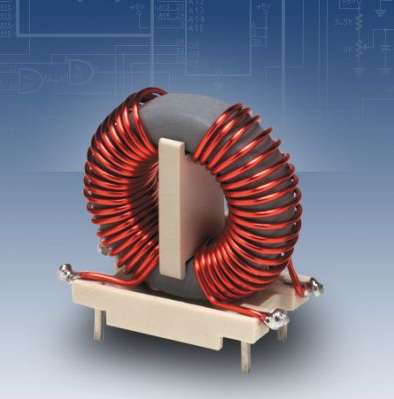Common-Mode Current Choke

Common-mode current choke is regularly required at the reception apparatus feedpoint to prevent RF current from streaming back through the coaxial feedline shield into the shack. It will keep the coaxial line from turning into a piece of the reception apparatus framework (to go about as a ground outspread) and emanate RF vitality. The gag presents itself as a high-impedance gadget to the basic mode streams. There are numerous business arrangements including the one offered by SteppIR. DX Engineering likewise makes common-mode current chokes planned particularly for vertical recieving wires. I required one that is outfitted with Type-N connectors and it is likewise equipped for taking care of QRO control levels. After some glancing around, I chose to assemble my own variant. Such stifle is genuinely simple and cheap to assemble and it is a fun venture as well. My choke cost me under $30 and around 2 hours of manufacture time. I found on the Internet an amazing report on the norm
